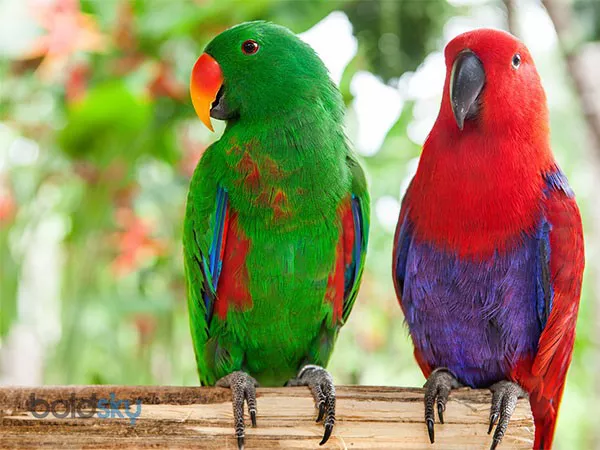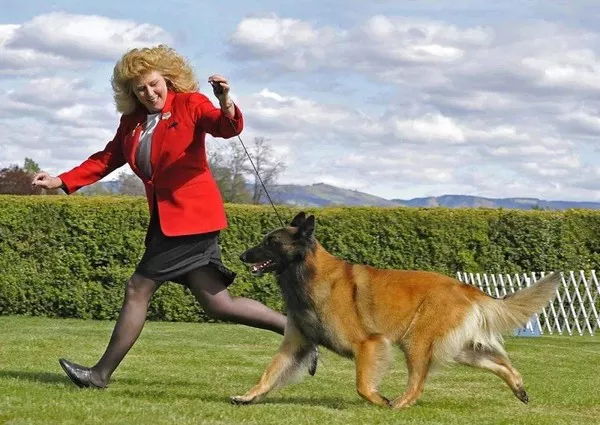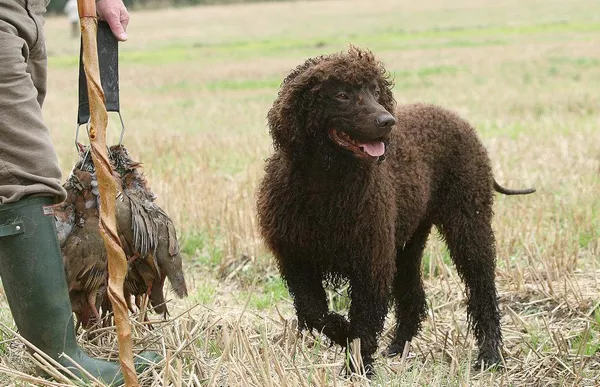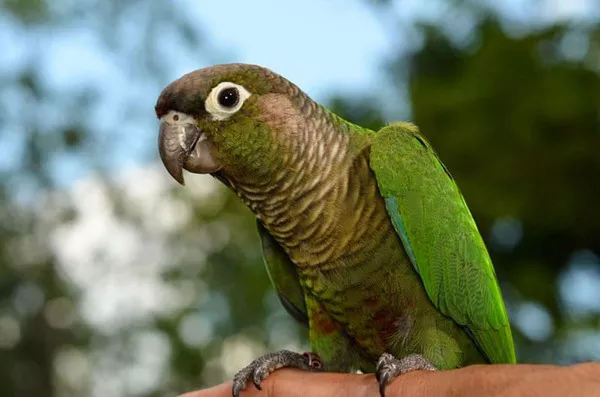Sun Conures (Aratinga solstitialis) are one of the most beloved species of parrot in the world, known for their vibrant plumage, affectionate personalities, and intelligence. Whether you’re an experienced bird owner or a beginner, knowing the age of your Sun Conure can be vital for ensuring it receives the appropriate care and diet. In this article, we will walk you through the various methods and signs you can use to determine the age of a Sun Conure, with detailed explanations that are easy to understand.
Introduction to Sun Conures
Before diving into how to determine the age of a Sun Conure, it’s essential to understand what makes this bird species unique. Native to northeastern South America, particularly in the areas of Brazil, Sun Conures are medium-sized parrots that are easily recognizable by their striking, bright yellow and orange feathers with hints of green and blue. They are known for their playful, social nature and are one of the most popular pet birds due to their ability to form strong bonds with their owners.
Like other parrots, Sun Conures go through various stages of life, and their physical appearance changes as they age. By understanding these stages and knowing how to observe them, you can get a pretty accurate estimate of the age of a Sun Conure.
Stages of a Sun Conure’s Life
Understanding the general life stages of a Sun Conure will help you to better identify its age. Sun Conures have different physical and behavioral traits at various life stages, including:
- Chick (0-3 months)
- Juvenile (3-12 months)
- Subadult (1-3 years)
- Adult (3+ years)
As your Sun Conure grows, its appearance and behaviors will change. These changes are crucial for determining its age.
How to Tell the Age of a Sun Conure: Key Indicators
1. Feather Coloration
Feather color is one of the most prominent ways to estimate the age of a Sun Conure. At birth, these birds do not have the vibrant feathers that they’re famous for. Instead, they are covered in down feathers, which are soft, fluffy, and mostly white. As they age, their plumage gradually becomes more colorful.
Chick (0-3 months): Newly hatched Sun Conures have white down feathers and are entirely dependent on their parents for warmth and food. Their eyes are closed during the first few days after birth. Their feathers start to develop around 2 to 3 weeks of age.
Juvenile (3-12 months): At around 3 months of age, Sun Conures start developing their distinctive yellow, orange, and green feathers. However, their plumage is often more muted than that of an adult bird. At this stage, they still have a combination of baby feathers and more mature feathers, and their colors might be more of a pale yellow or light orange rather than the bright and intense colors seen in adults. The greenish feathers may also be more pronounced during this period.
Subadult (1-3 years): As the Sun Conure reaches the subadult stage, its plumage will become brighter, but there will still be some variation in color. The adult coloration will begin to emerge, but it’s typically not as vivid as a fully mature bird. A one-year-old Sun Conure, for instance, might have a mixture of bright colors with some faded patches.
Adult (3+ years): By the time a Sun Conure reaches 3 years of age, its plumage will be fully developed, displaying the bright, vibrant yellow, orange, and green feathers that characterize this species. Adult Sun Conures may also have a deeper shade of orange or yellow, and the blue feathers on the wings and tail become more prominent.
2. Beak and Feet Color
Another way to estimate the age of a Sun Conure is by examining its beak and feet. These parts of the bird’s body undergo changes as they age.
Chick (0-3 months): A chick’s beak is soft and mostly pale, with a pinkish hue. Their feet may also appear soft and light in color.
Juvenile (3-12 months): As the Sun Conure grows, the beak darkens and hardens. The beak turns darker in color, often becoming a reddish-brown or dark greyish-black. Their feet also become darker as they age.
Adult (1-3 years): By the time the bird reaches adulthood, the beak will be a solid dark color, typically greyish-black with a slightly glossy appearance. The feet will also become darker and more defined, with adult birds having a more robust, tougher grip.
3. Eyes
The eyes of a Sun Conure can offer valuable clues about its age. While a young chick’s eyes are closed for the first few days of life, they gradually open, and the color of their eyes changes as they grow.
Chick (0-3 months): When they first hatch, Sun Conures have closed eyes. At around 2 to 3 weeks, their eyes begin to open, and they appear dark, almost black.
Juvenile (3-12 months): During the juvenile stage, the eyes will remain dark, but they may become slightly lighter, transitioning from solid black to a dark brown or hazel color.
Adult (1-3 years): In fully mature Sun Conures, the eyes will have a distinct ring around the iris, and the color will settle into a deep brown or dark amber hue. The presence of this ring is often a clear indicator that the bird is reaching adulthood.
4. Size and Body Proportions
Sun Conures grow quickly, and their size can provide insights into their age. The size difference between a chick, juvenile, and adult is noticeable.
Chick (0-3 months): Newly hatched Sun Conures are very small, weighing only a few grams. Their wings and body are underdeveloped, and they are mostly dependent on their parents for food and care.
Juvenile (3-12 months): By the time they are 3 to 6 months old, Sun Conures are already larger, but they are still not fully developed. Their bodies are leaner, and their wings may not be fully grown yet, so they may struggle with flight.
Adult (1-3 years): An adult Sun Conure has reached its full size, with an average length of 12 to 14 inches (30 to 36 cm) from beak to tail and a weight of around 100 to 120 grams. Adults have fully developed wings and are able to fly effortlessly.
5. Behavioral Indicators
While physical traits are important, behavioral characteristics also play a key role in identifying the age of a Sun Conure.
Chick (0-3 months): Chicks are very dependent on their parents, remaining close to the nest and requiring constant feeding. They are generally not active and will spend most of their time sleeping or being fed.
Juvenile (3-12 months): Juvenile Sun Conures begin exploring their surroundings and showing more curiosity. They may start to interact with toys and begin socializing more with humans and other birds. They are often more playful and energetic but may also exhibit some awkwardness in their movements.
Subadult (1-3 years): Subadult Sun Conures become more confident and independent. They are often quite vocal and energetic, and they may start engaging in more complex behaviors like mimicking sounds or attempting to form bonds with other birds. This is also the age when some birds might start showing signs of territoriality or hormonal behavior.
Adult (3+ years): Adult Sun Conures are usually well-adjusted and exhibit more consistent behavioral patterns. They are fully social, and their energy levels and activity patterns stabilize. Adults may show increased bonding behaviors toward their owners or mate, especially if they are housed with another Sun Conure.
6. DNA Testing
If you’re still unsure about your Sun Conure’s age after considering the visual and behavioral cues, you may opt for a more scientific approach: DNA testing.
DNA tests can accurately determine the age of a Sun Conure, but this method is typically more expensive and less commonly used than visual inspection. DNA testing is most useful for birds that are very young and still in the chick or juvenile stage, as their physical characteristics may not yet be fully developed. A simple blood or feather sample can be sent to a specialized laboratory for analysis, and you’ll receive a report detailing the bird’s age.
7. Consulting with an Avian Veterinarian
When in doubt, a qualified avian veterinarian can help determine the age of your Sun Conure. They can assess the bird’s physical and behavioral characteristics, perform health checks, and offer insights into its stage of life. A vet’s experience can often provide a more accurate age estimate than any other method, especially when dealing with less obvious cases.
Conclusion
Determining the age of a Sun Conure is not always a straightforward task, but with careful observation of its physical characteristics, behavioral traits, and growth patterns, you can estimate its age with a reasonable degree of accuracy. From the soft down feathers of a chick to the bright, mature plumage of an adult, each stage of a Sun Conure’s life is marked by distinct changes. Understanding these stages will not only help you know the age of your bird but also ensure that you provide it with the right care for its particular life stage.
Whether you’re raising a chick or an adult Sun Conure, knowing its age can make a significant difference in providing the best possible diet, enrichment, and overall care. By paying close attention to the subtle signs of growth and development, you can foster a happier, healthier life for your beloved Sun Conure.
Related Topics:





















